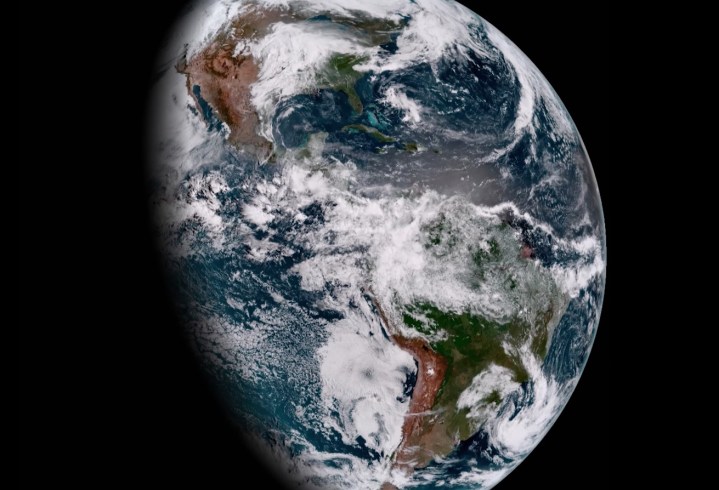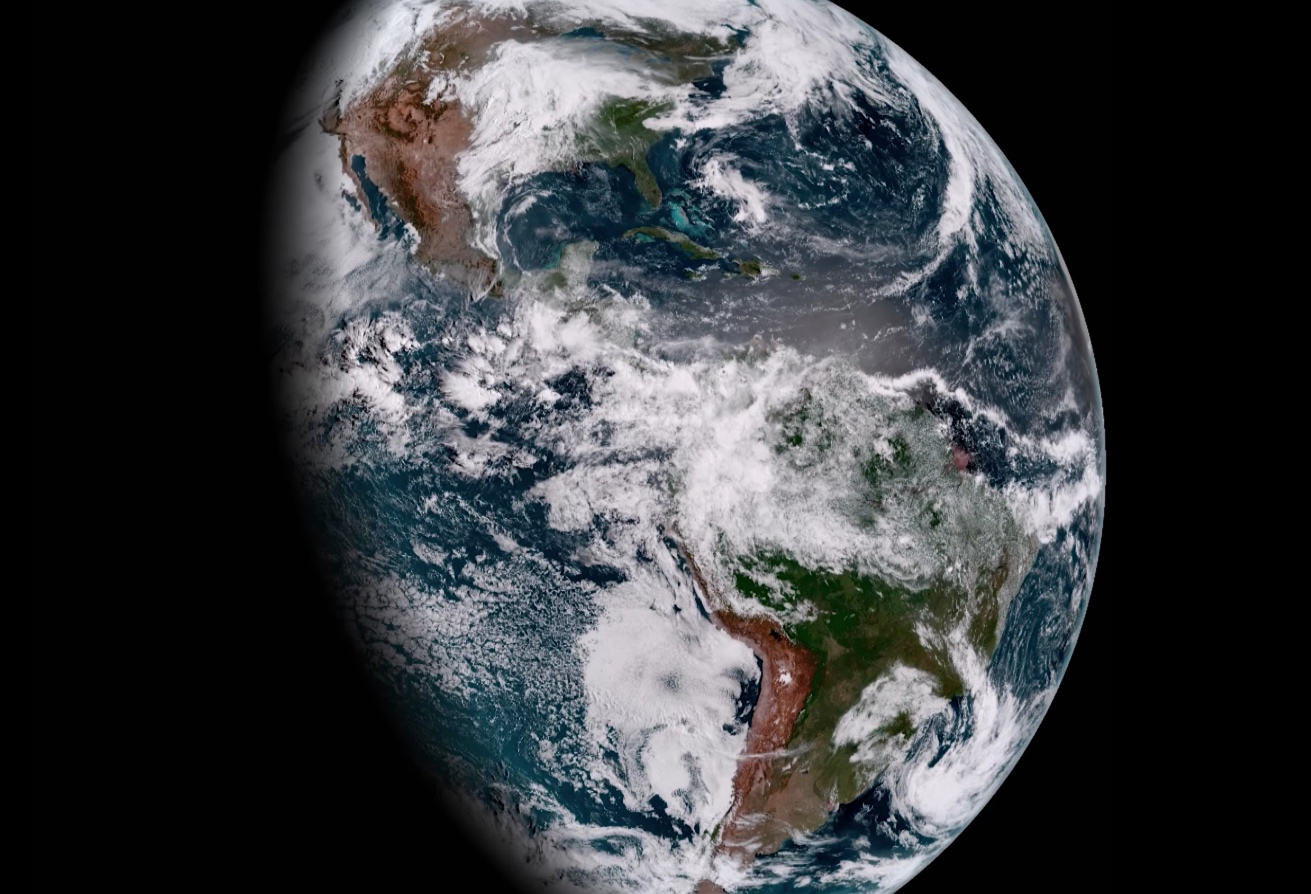[ad_1]
As complicated and changeable because the world may be, there are some comforting certainties: The solar rises within the east, summer time follows spring, and a day lasts for twenty-four hours. Proper? Sadly, not even these primary tenets of life on Earth are set in concrete. Lately, researchers have seen that days on Earth are getting shorter, and nobody is aware of precisely why.
The form of shortening we’re speaking about is barely noticeable attributable to atomic clocks, which might measure time with excessive accuracy. Since scientists started utilizing these atomic clocks to measure the lengths of days, the report for the shortest day ever recorded was set in July this 12 months.

A day is a interval wherein Earth makes an entire rotation round its axis. Though this averages out at 24 hours, the pace of this spin can truly improve or lower, which successfully shortens or lengthens days. It’s the rising spin price of the Earth that’s inflicting days to shorten, as they’ve typically executed within the order of milliseconds per 12 months since 2019.
The odd a part of this story is that nobody is kind of certain what the reason for this quicker spinning is. Normal consensus amongst geoscientists is that it’s seemingly both attributable to processes throughout the planet, or attributable to oceans or the local weather. Earth isn’t the one planet with this drawback both, as related however extra pronounced results are seen on Venus which has variable day lengths attributable to its thick environment.
On Earth, there may be the impact of the moon’s gravity to think about, which creates the tides and over time has been slowing the Earth’s rotation attributable to friction. However there are additionally processes working within the different route to hurry its rotation up.
“When the final ice age ended, melting polar ice sheets decreased floor stress, and Earth’s mantle began steadily transferring towards the poles,” two researchers within the discipline of geodesy (the science of the Earth’s elementary properties), Matt King and Christopher Watson, clarify in The Dialog. “Simply as a ballet dancer spins quicker as they carry their arms towards their physique – the axis round which they spin – so our planet’s spin price will increase when this mass of mantle strikes nearer to Earth’s axis. And this course of shortens every day by about 0.6 milliseconds every century.”
Different elements like earthquakes and climate can have an effect on the size of days as properly, or the modifications could possibly be attributable to an impact referred to as the Chandler wobble, which is the place the Earth’s axis of rotation shifts by small quantities. King and Watson, nevertheless, argue that the size of days on Earth is definitely rising, with long-term results switching from shortening days to lengthening them since 2020.
In addition to being of normal curiosity, the precise size of days has a sensible influence as properly, with the advanced want for worldwide leap seconds to permit for these ongoing modifications to the Earth’s rotation.
Editors’ Suggestions
[ad_2]

